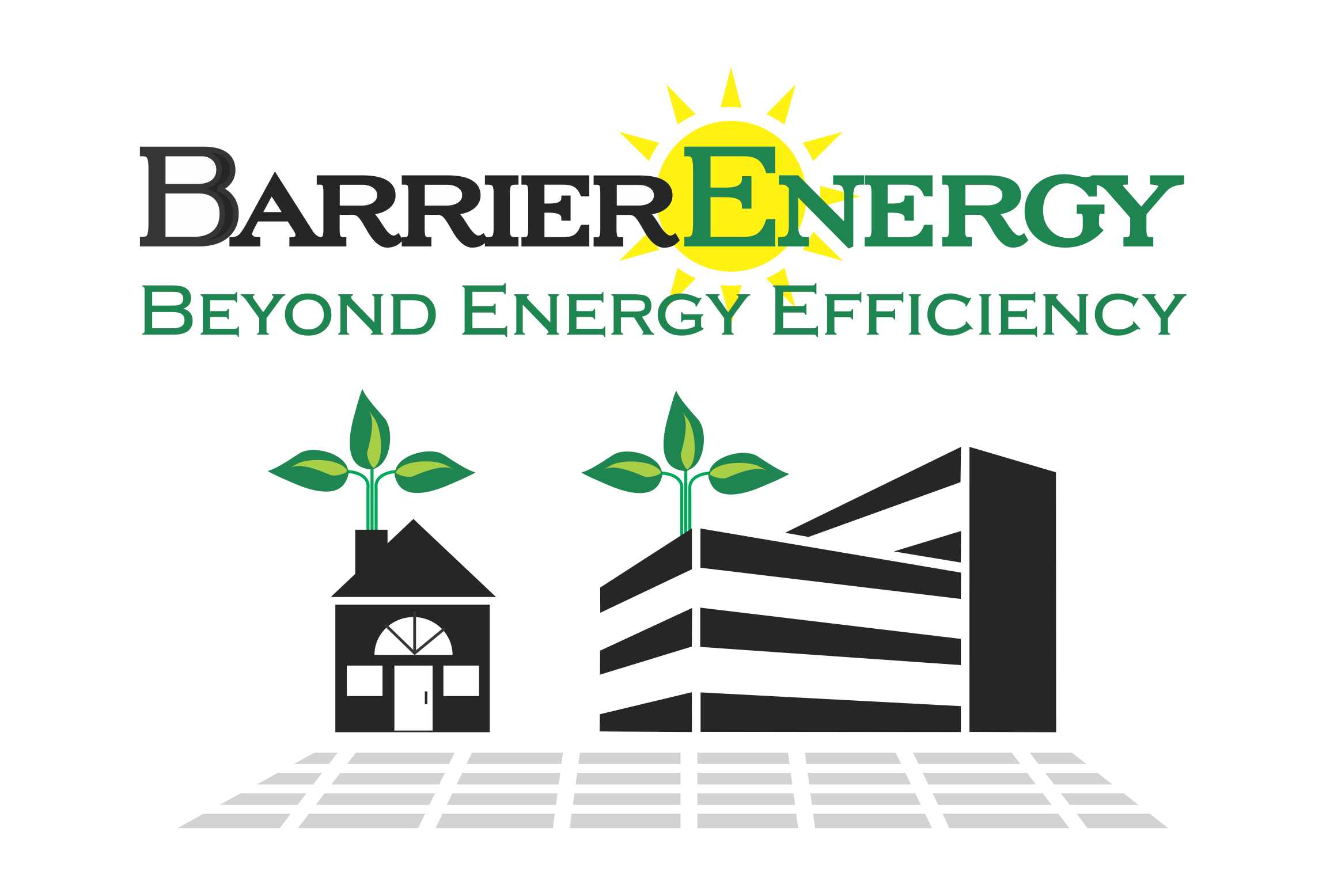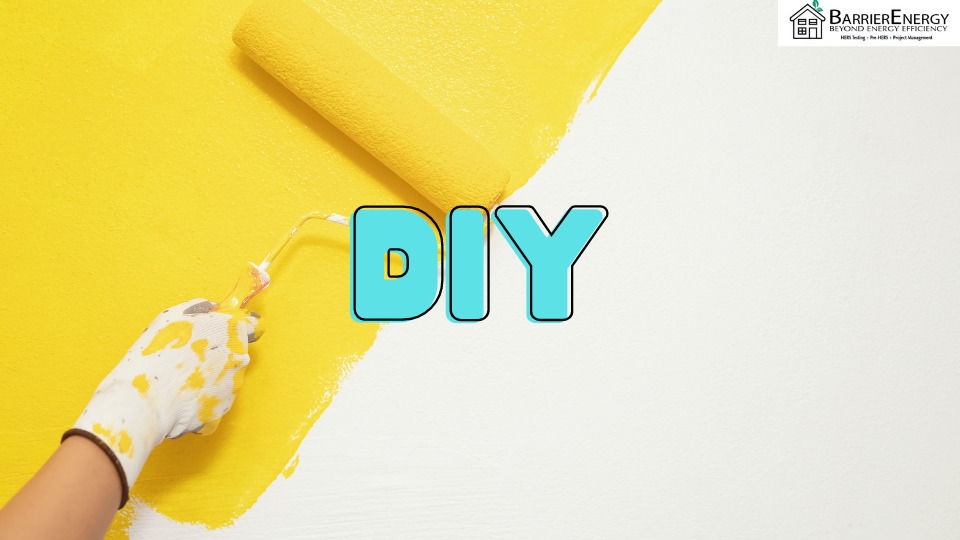A Brief History at NASA:
NASA developed the world’s first insulating paint between the 1980s and ’90s. Previously, shuttles were badly damaged by temperature changes as they were leaving and entering the atmosphere. Therefore, they came up with an epoxy solution to protect shuttles. Specifically, the ingredients used cause micro-sized pockets of air to act as temperature barriers. The paint additive insulated the shuttle from extreme heat and cold. Then, they brought the revolutionary product to public markets, branded Insuladd. Fast-forward, the idea took off (pardon my pun)! Many variations of this product are widely accessible.
Investing In Energy Efficiency:
Today, the benefits of energy efficiency are well-reported. Smart investment using energy efficiency is now common knowledge. However, some of the drawbacks include upfront investment costs and risk factors associated with loans. That’s why I love these affordable “Do it Yourself” solutions. Anyone can go online to purchase insulating paint or paint additives. It almost sounds too good to be true.
Does Insulating Paint Really Work?:
Indeed, the answer is yes. Insulating paint works by resisting radiation. In the same way that certain materials are less conductive to electricity, certain materials don’t absorb temperature heat, or cold easily. Although the public may not have access to the same commercial-grade product NASA uses on their shuttles, insulating paint can still make a difference in your energy usage. If you’re a property owner or pay energy bills, this can make a noticeable impact on you. Studies show a reduction of up to twenty percent in temperature gain on painted surfaces.
So, when and where are the best ways to use this product? My research has uncovered insulting paint works most effectively on the exterior of a home. All day, the sun is beating down on your home or place of business. Keep in mind that you should also select light colors for the outside of your home or business. Darker colors are prone to absorbing more heat. Nonetheless, I wouldn’t knock the idea of using it concurrently on the inside walls too. Furthermore, there are lots of creative ways to utilize this product. You can use it to insulate ducts, piping, crawl spaces, cold storage units, and the like.
Closing Thoughts:
For best results, do not use insulating paint in place of standard insulation practices. It’s meant to be used in ADDITION to spray foam, fiberglass insulation, wool, or other industry regulations. Here at BarrierEnergy, we work often work closely with insulation. For our Quality Insulation Inspection, we must analyze the R-value (radiation resistance) of insulation to ensure its effectiveness. We know what we’re talking about when it comes to saving money on your property while increasing its value. Reach out to contact us, if you have any questions about this topic. We’re based out of Santa Barbara, California.


Recent Comments